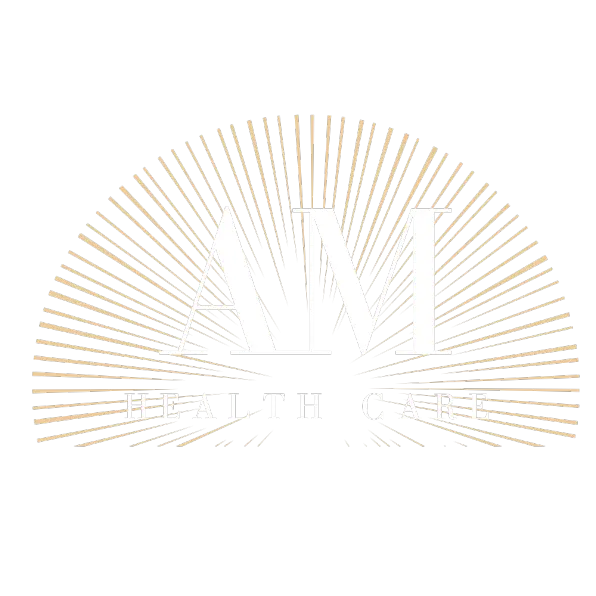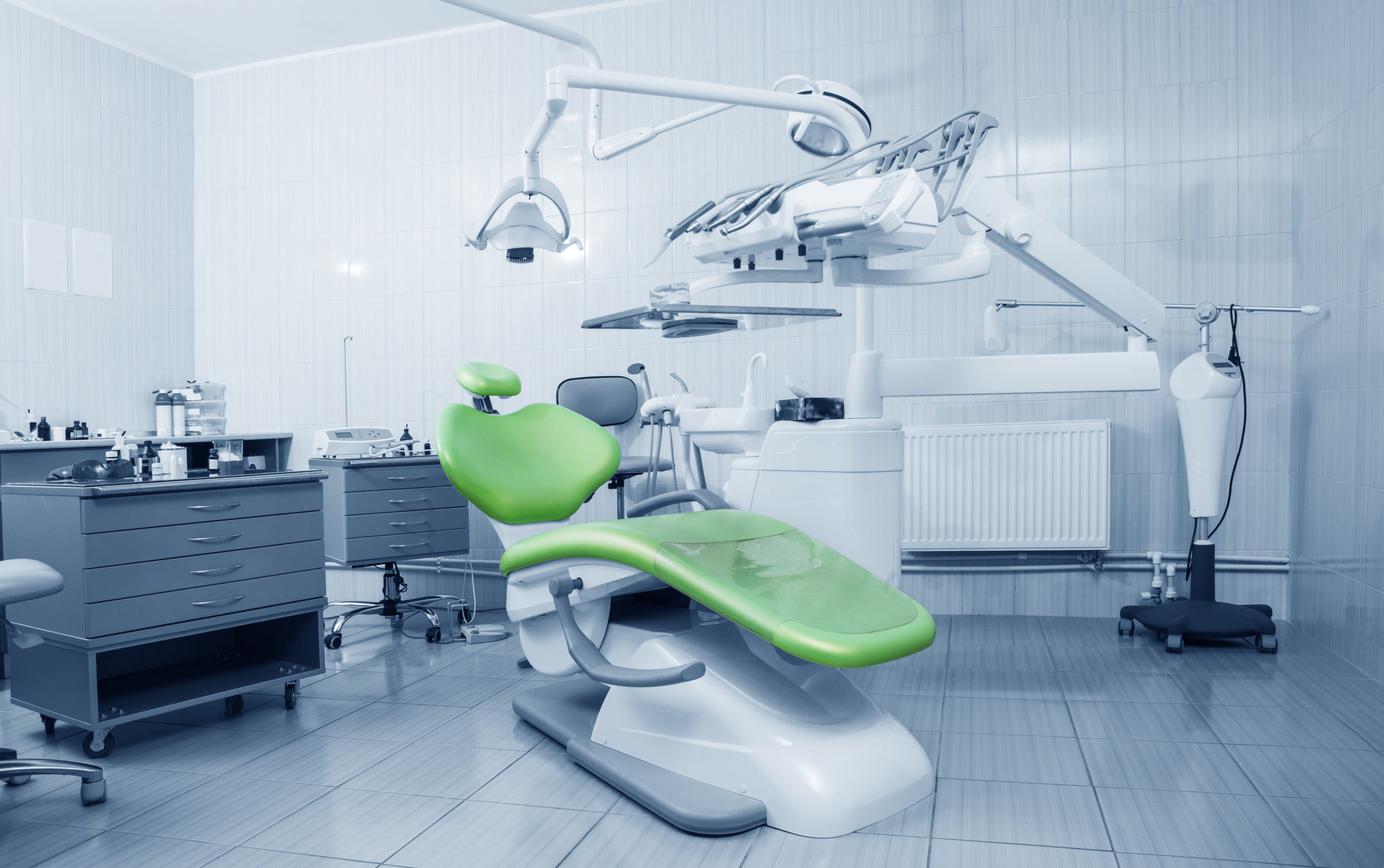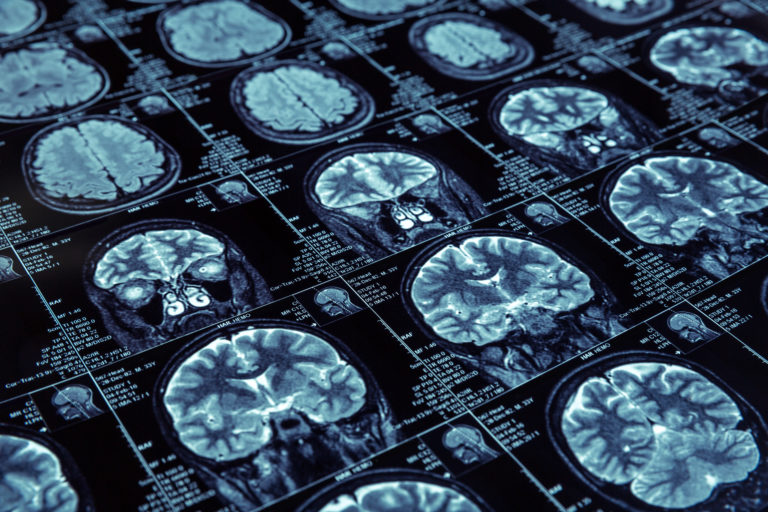In previous blogs, we shared some alarming stats about opioid addictions and the dental industry. Though doctors get most of the attention when it comes to painkiller prescriptions, it is important to note that dentists and oral surgeons are the number one prescribers of opioids for adolescents aged 10 to 19. And on the heels of that, new information has shown that more and more OD’s are occurring in DDS offices. The problem has actually gotten so out of hand that at the west coast’s recent Pacific Dental Conference, educators were on hand to demonstrate how to react to an overdose.
It’s certainly hard to fathom a person losing their life in a dental chair, but it happens more often than you realize. Apparently, a new trend is for patients to get high or take “street painkillers” (usually fentanyl) prior to oral surgery. Then when the anesthetic is introduced, a potential overdose goes into full swing.
14,000 attendees were lectured on the topic at the conference through a session entitled, “Street Drug Awareness For Dental Professionals.” Also available online, the seminar delved into the pre-warning signs of someone who has used before an appointment. This can include everything from drowsiness, to agitation, to euphoria. The topic then went into overdose signals, such as seizures, slow heartbeats and low blood pressure. Even “slang” terms were introduced (like White 80’s, Fading, and Phantom 100) to get the dentists up-to-date on conversations that may be happening in their office.
More importantly, the firefighter lecturers went into life saving procedures and the proper way to react to an OD. Things like CPR, chest stimulation and the usage of naloxone were all covered and well received.
“Until three years ago we never talked about fentanyl, and now basically that’s one of the prime focuses,” event organizer Peter Kearney told a local outlet. “But the reality is the potential is there for it to happen. We have to be prepared to deal with medical emergencies and crises in the office. Part of what you want to do is be prepared ahead of time knowing who your patient is, what their background is, [and] possible complications with what they’ve been taking.”
We certainly tip our hat to the conference for being proactive and bringing this crisis to the forefront. Though it may not be extremely common today, the risk of medical office overdoses are always there; particularly when anesthesia and surgery is involved. We’ve said it before and we’ll say it again…Education is one of the crucial first steps in conquering this crisis.







